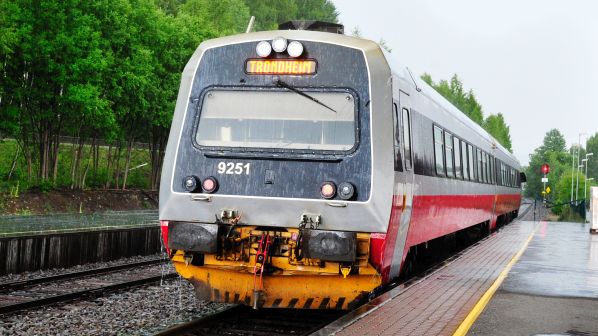The Null Emissions Solutions for Non-Electrified Railways (Nullfib) study was conducted between January and December 2019 in cooperation with Norske Tog and infrastructure manager Bane Nor.
The study considered which zero emission solutions are an alternative to fossil fuels, while offering the best financial savings, and what is the best option for further investment.
The project considered five options:
- hydrogen
- biogas
- biodiesel
- battery, and
- battery operation with part electrification.
The study concluded that battery-based technology is the most durable and robust solution to replace diesel traction on the railway combined with partial electrification. “This concept is compatible with today’s technology and can therefore be used on the entire existing rail network,” says the Railway Directorate.
There are currently seven non-electrified lines in Norway. “A transition to zero-emission solutions will reduce the railway’s carbon footprint, and will provide favourable socio-economic savings,” says the Railway Directorate. “At the same time, this will also increase rail’s competitiveness with other forms of transport.
“Technological developments within zero-emission solutions are very fast. It is therefore important that choices are made as strengths, rather than weakening the railway’s competitiveness in a price-sensitive transport market. This means that the railway must be adequately equipped for an increase in the number of passengers and freight at a time when mobility must increasingly involve zero emissions.”

